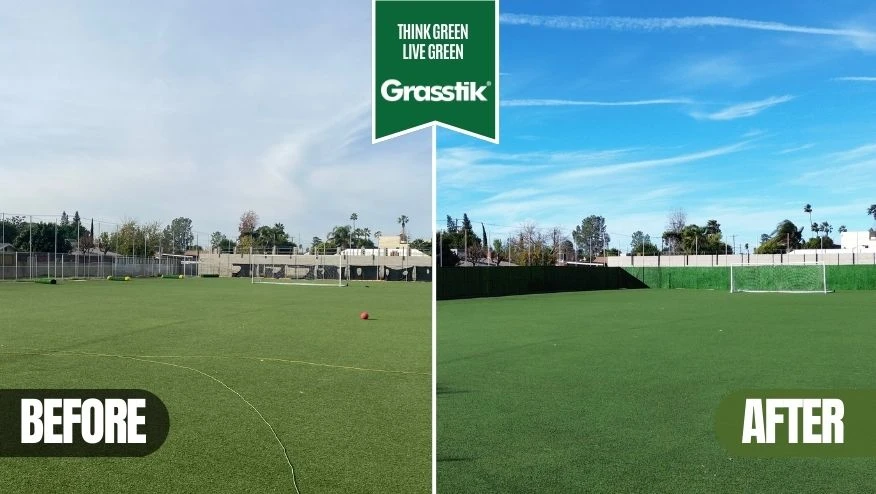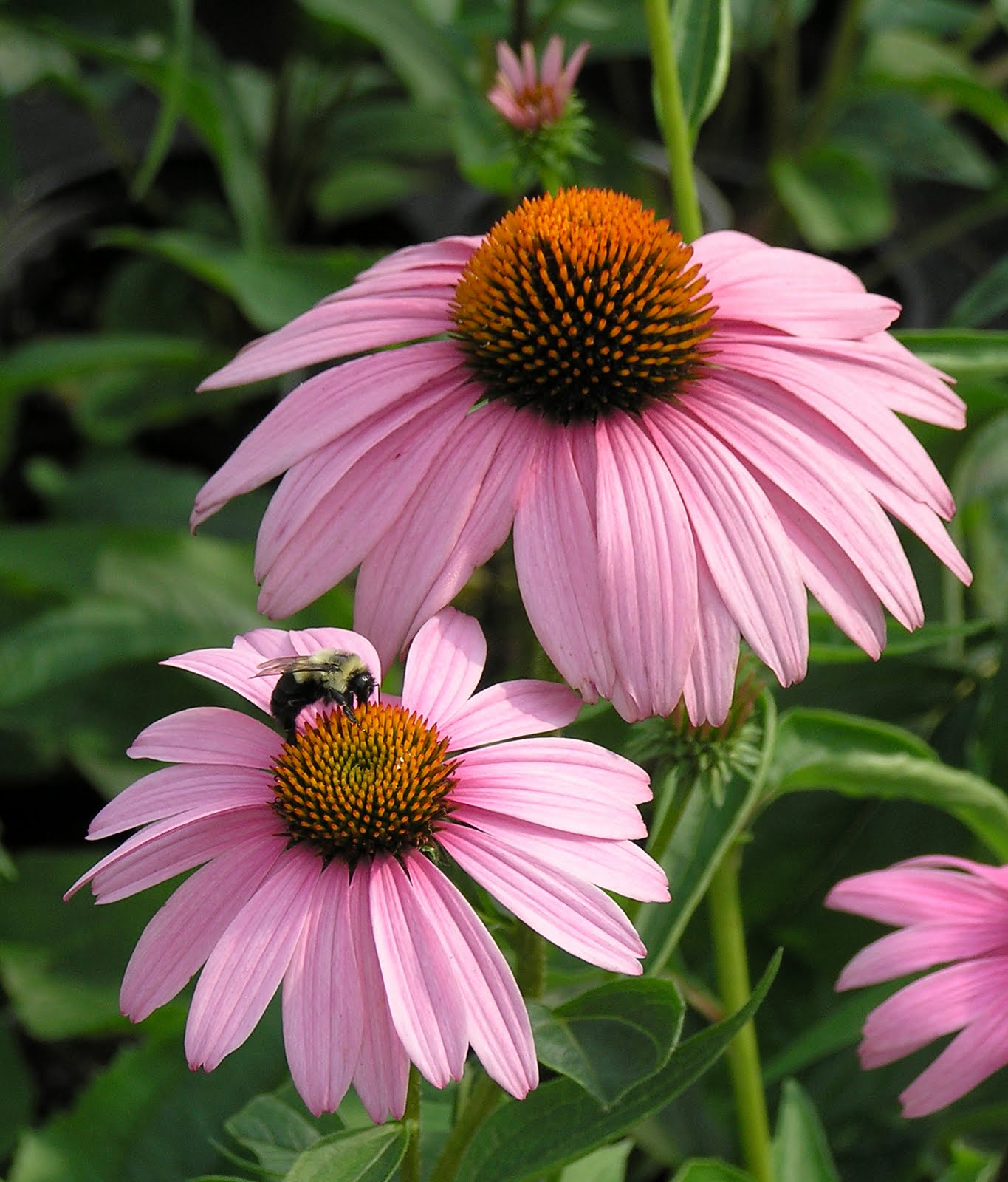How To Build A Living Fence: A Comprehensive Guide

Table of Contents
Planning Your Living Fence
Before you even think about planting, careful planning is crucial for a successful living fence. This section covers key aspects of planning your perfect green barrier.
Choosing the Right Plants
Selecting the right plants is paramount. Consider these factors when choosing your living fence plants:
- Climate: Opt for plants hardy in your specific climate zone. A plant thriving in a Mediterranean climate won't necessarily flourish in a colder region.
- Soil Type: Test your soil to determine its pH and nutrient levels. Amend the soil as needed to create an ideal growing environment for your chosen plants. Clay soil will require different treatment than sandy soil.
- Desired Height & Width: Choose plants that will eventually reach your desired height and width. Consider the mature size of the plants to avoid overcrowding.
- Maintenance Requirements: Some plants require more pruning and maintenance than others. Consider your time commitment and choose accordingly. Low-maintenance options are great for busy lifestyles.
- Aesthetic Preferences: Do you prefer evergreen plants for year-round privacy, or deciduous plants for seasonal color changes? Consider the overall look you want to achieve.
Here are some popular options:
- Evergreen options for year-round privacy: Leyland Cypress, Arborvitae, Holly.
- Deciduous options for seasonal interest: Hawthorn, Beech, Hornbeam.
- Fast-growing varieties: Bamboo (consider its invasive potential), Willow, Poplar.
- Slow-growing varieties: Boxwood, Yew, Privet.
- Native plants for low-maintenance, eco-friendly solutions: Research native plants suitable for your region.
Site Preparation
Proper site preparation is essential for healthy plant growth. This involves:
- Sunlight Assessment: Determine how much sun your chosen plants will receive throughout the day. Most plants need at least 4-6 hours of sunlight.
- Drainage Analysis: Ensure proper drainage to prevent root rot. Amend heavy clay soils to improve drainage.
- Soil Conditions: Conduct a soil test to determine pH and nutrient content. Amend the soil with compost, peat moss, or other organic matter to improve soil fertility.
- Clearing Debris: Remove any existing vegetation, rocks, or other debris from the planting area.
- Installing a Root Barrier (Optional): If you're concerned about root encroachment from existing trees or shrubs, consider installing a root barrier before planting.
- Marking the Fence Line: Clearly mark the location of your living fence to ensure straight lines or the desired curve.
Design Considerations
Think beyond just planting; consider the overall design for visual appeal:
- Height and Width: Determine the desired dimensions of your living fence. Consider the mature size of the plants and space them accordingly.
- Shape: Do you prefer a straight line, a curved design, or a more informal, natural look?
- Plant Variety: Incorporating diverse plant species adds visual interest and resilience against pests and diseases. A mixed planting is generally healthier than a monoculture.
- Mature Size: Account for the mature size of your chosen plants to prevent overcrowding and ensure sufficient space for growth.
- Flowering Plants: Incorporate flowering plants for added color and beauty, depending on your desired aesthetic.
Planting Your Living Fence
With careful planning done, it's time to put your living fence into the ground.
Planting Techniques
Follow these steps for successful planting:
- Dig Appropriately Sized Holes: Dig holes twice as wide and as deep as the root ball of your chosen plants. This allows for better root establishment.
- Correct Spacing: Space your plants according to their mature size. Overcrowding can lead to competition for resources and stunted growth.
- Thorough Watering: Water the plants thoroughly after planting to settle the soil around the roots.
- Mulching: Apply a layer of mulch around the base of the plants to retain moisture, suppress weeds, and regulate soil temperature.
Choosing the Right Time to Plant
The best time to plant depends on your climate and chosen species:
- Spring Planting: Spring is generally the best time to plant most shrubs and trees, as the soil is warming and there's ample moisture.
- Fall Planting: Some species can be planted in the fall, allowing them to establish their root systems before spring growth.
- Avoiding Extremes: Avoid planting during extreme heat or cold.
Protecting Young Plants
Newly planted saplings need protection:
- Tree Guards or Cages: Protect young plants from animals with tree guards or cages.
- Pest Control: Monitor for pests and diseases and apply appropriate organic control methods.
- Watering During Dry Periods: Water regularly during dry spells to ensure adequate moisture.
Maintaining Your Living Fence
A little regular maintenance goes a long way in keeping your living fence healthy and vibrant.
Watering and Fertilizing
Regular watering and fertilizing are vital:
- Deep Watering: Water deeply and less frequently to encourage deep root growth.
- Organic Fertilizers: Use organic fertilizers to nourish the plants without harming the environment.
- Weather Adjustments: Adjust watering based on weather conditions.
Pruning and Trimming
Regular pruning is essential:
- Pruning Techniques: Learn proper pruning techniques for your specific plant species.
- Timing: Prune at the appropriate time of year for optimal results.
- Tools: Use sharp, clean pruning tools to prevent the spread of disease.
Pest and Disease Control
Regular monitoring is key:
- Identification: Learn to identify common pests and diseases affecting your plants.
- Organic Control: Employ organic pest and disease control methods whenever possible.
- Expert Consultation: Consult with a horticultural expert if you encounter significant pest or disease problems.
Conclusion
Building a living fence is a rewarding investment that enhances your property's curb appeal, provides a natural, sustainable boundary, and creates a unique privacy screen. By carefully planning, planting, and maintaining your living fence, you can enjoy years of beauty, privacy, and environmental benefits. Remember to choose the right plants for your climate and soil conditions, and commit to regular maintenance. Start planning your own beautiful, eco-friendly living fence today! Transform your property with a stunning, natural living fence and enjoy the beauty and privacy it provides.

Featured Posts
-
 Flood Victims Remembering An Nky Environmental Champion
May 29, 2025
Flood Victims Remembering An Nky Environmental Champion
May 29, 2025 -
 Perennials Vs Annuals Making The Best Choice For Your Flowerbeds
May 29, 2025
Perennials Vs Annuals Making The Best Choice For Your Flowerbeds
May 29, 2025 -
 Wall Street Bets Assessment The Aftermath Of Trumps Trade War
May 29, 2025
Wall Street Bets Assessment The Aftermath Of Trumps Trade War
May 29, 2025 -
 Quatro Jogadores Do Real Madrid Incluindo Mbappe E Vinicius Jr Investigados Pela Uefa
May 29, 2025
Quatro Jogadores Do Real Madrid Incluindo Mbappe E Vinicius Jr Investigados Pela Uefa
May 29, 2025 -
 T Mobile Data Breaches 16 Million Fine Highlights Security Lapses
May 29, 2025
T Mobile Data Breaches 16 Million Fine Highlights Security Lapses
May 29, 2025
Latest Posts
-
 Explosive Bts Teaser Sparks Comeback Rumors
May 30, 2025
Explosive Bts Teaser Sparks Comeback Rumors
May 30, 2025 -
 Bts Comeback Speculation Soars After Reunion Teaser Release
May 30, 2025
Bts Comeback Speculation Soars After Reunion Teaser Release
May 30, 2025 -
 Army In Frenzy Bts Reunion Teaser Hints At Imminent Return
May 30, 2025
Army In Frenzy Bts Reunion Teaser Hints At Imminent Return
May 30, 2025 -
 Bts Reunion New Teaser Fuels Comeback Anticipation
May 30, 2025
Bts Reunion New Teaser Fuels Comeback Anticipation
May 30, 2025 -
 Bts Reunion Teaser Comeback Speculation Ignites Army
May 30, 2025
Bts Reunion Teaser Comeback Speculation Ignites Army
May 30, 2025
